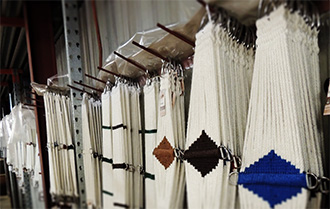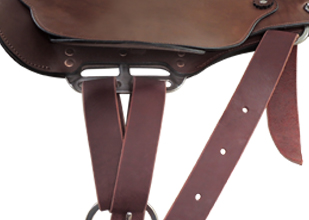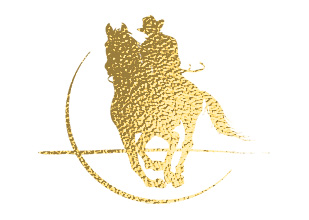A helpful guide to girth size and types, designed to help you choose a suitable girth for your horse and saddle.


A helpful guide to girth size and types, designed to help you choose a suitable girth for your horse and saddle.

There are so many different ways to rig your girth to your saddle. See over 30 different examples for both near and off side.

Wholesale Tanami Tack. Hand-crafted leather saddles, breastplates, Bridles, Saddle Bags, Stirrup Leathers, Quart Pot Covers & more…

Learn about our new TS Pro series range of rope equestrian tack.

It is time for this innovative bamboo textile to find its place in the equine industry. Discover the Bamtex advantage!
